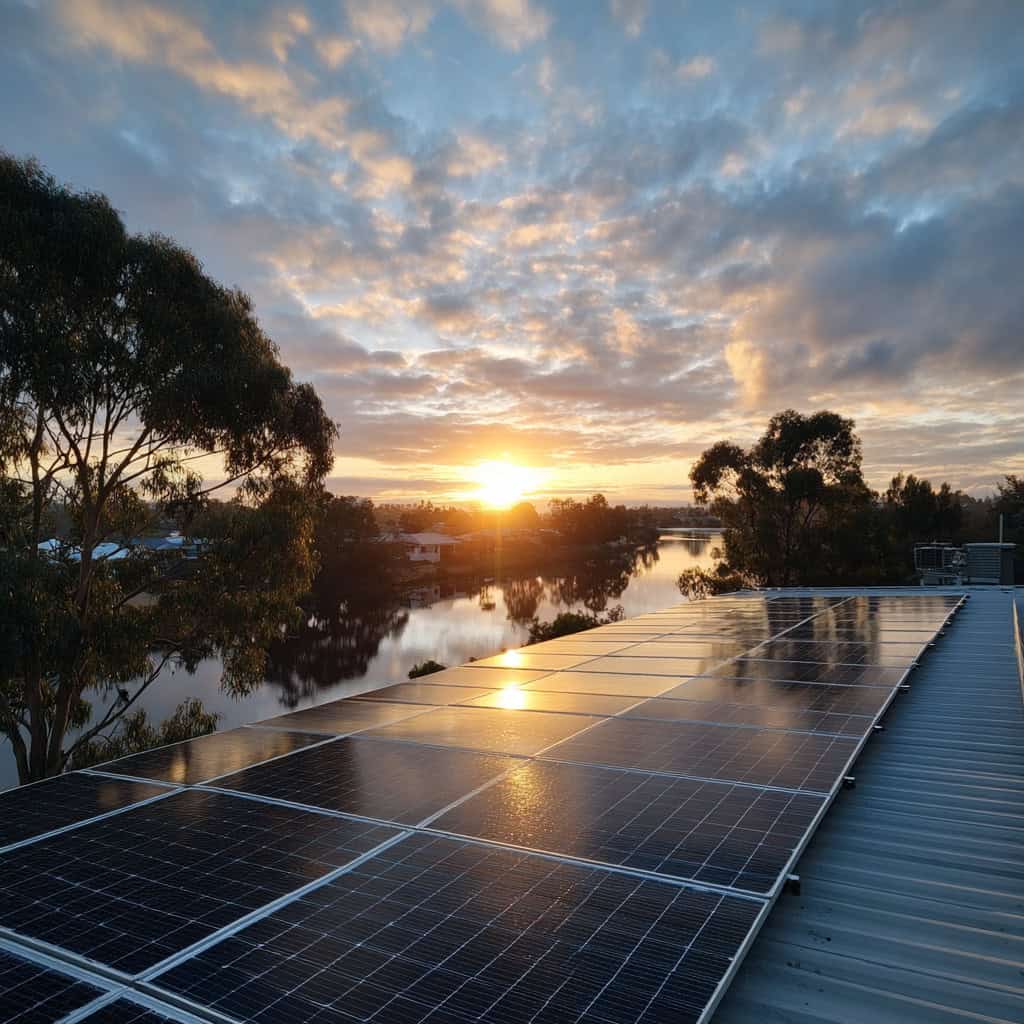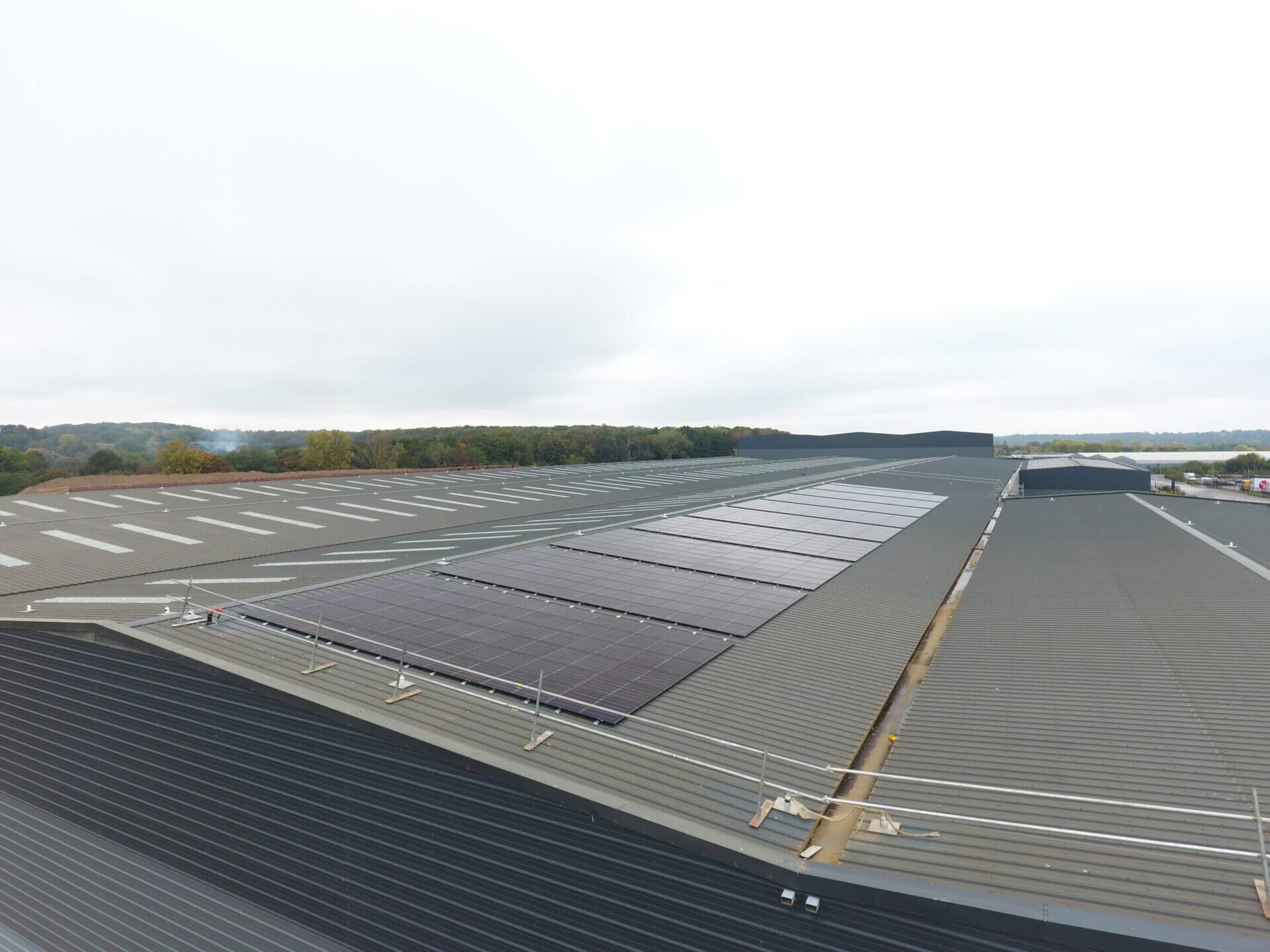The rapid growth of renewable energy infrastructure is a central pillar in the fight against climate change. Solar power, in particular, has become a cornerstone technology, quiet, scalable, and increasingly cost-effective.
As solar farms increase in many places, an important question comes up. How can we provide clean energy while also protecting biodiversity and healthy ecosystems?
This balance is especially critical when projects are proposed on greenfield (undeveloped land) or agricultural land. These sites often have great conditions for solar arrays.
They get plenty of sunlight, have open space, and allow for easy construction. However, they may also have important habitats, rich grasslands, or soil systems that took centuries to develop.
Without careful planning, solar development can unintentionally undermine the ecological integrity we aim to safeguard.
The Land Use Dilemma
From a technical and economic standpoint, developers target greenfield and agricultural land because these sites are appealing:
- Lower construction costs: Minimal grading and preparation needed.
- Proximity to grid connections: Often near existing transmission lines.
- Large contiguous areas: Simplifies permitting and design.
However, these benefits can mask the hidden environmental costs:
- Displacement of ground-nesting birds and small mammals.
- Disruption of pollinator habitats, impacting local agriculture.
- Loss of hedgerows, wetlands, or marginal habitats that serve as wildlife corridors.
- Soil compaction, erosion, and changes to water infiltration patterns.
The result can be a net loss of biodiversity unless proactive measures are taken.

Avoidance First: Steering Away From Sensitive Sites
Before mitigation, there is avoidance, choosing locations that inherently reduce ecological risk.
Priority alternatives include:
Brownfield Sites – Former industrial land, landfills, or contaminated plots that are unsuitable for agriculture but viable for solar.
Rooftop Solar and Carports – Harnessing existing infrastructure instead of consuming new land.
Dual-Use Land (Agrivoltaics) – Designing installations to allow crop production or livestock grazing alongside energy generation. Sheep grazing under panels is a good way to control vegetation in the UK and US.
Water-Based Solar (Floating PV) – When suitable, we can place panels on reservoirs or wastewater lagoons. This helps reduce evaporation and land use competition.
Designing for Biodiversity Net Gain (BNG)
When solar must be sited on greenfield or agricultural land, BNG principles can ensure that the project leaves the site in better ecological condition than before. This involves not just offsetting losses but enhancing biodiversity in measurable ways.
Core Strategies for Biodiversity Net Gain:
Comprehensive Baseline Surveys
- Conduct ecological assessments across multiple seasons.
- Identify protected species, migratory patterns, and sensitive habitats.
Pollinator-Friendly Planting
- Replace monoculture grass with native wildflower meadows.
- Increase food sources for bees, butterflies, and beneficial insects.
Wildlife Corridors and Shelter
- Maintain hedgerows and integrate tree planting.
- Use “hedgehog highways” and amphibian-friendly fencing.
Low-Impact Construction
- Use screw or pile foundations instead of concrete to reduce soil sealing.
- Schedule works outside of nesting or breeding seasons.
Soil Health and Hydrology Management
- Avoid heavy machinery where possible to prevent compaction.
- Maintain ground cover to prevent erosion and improve carbon sequestration.
Long-Term Monitoring
- Set biodiversity targets (e.g., species richness, habitat cover) and review every 3–5 years.
- Adjust land management practices in response to monitoring data.

Integrating People into the Process
Community and stakeholder engagement is not just a courtesy, it’s a necessity.
Early consultation can:
- Identify local ecological knowledge (farmers often know historic nesting sites).
- Build trust and reduce opposition through transparency.
- Create shared benefits, such as community-owned solar shares, educational programs, or local habitat restoration projects.
Involving conservation organisations from the outset can also ensure that habitat enhancement measures are grounded in science and best practice.
The Opportunity in Solar-Biodiversity Synergy
Well-designed solar farms need not be sterile, fenced-off areas. In fact, they can become biodiversity hotspots in agricultural landscapes dominated by monocultures.
Examples already exist:
- In the UK, solar farms planted with wildflowers have seen up to 25% increases in butterfly species richness within just a few years.
- In Germany, integrated grazing has supported both renewable energy production and local sheep farming economies.
- In the US, Minnesota’s “Pollinator-Friendly Solar Act” has led to statewide standards for habitat-friendly solar installations.
A Long-Term Vision
The renewable energy transition is not simply about megawatts; it’s about building a resilient future. Climate change mitigation and biodiversity conservation must be pursued together, not traded off against one another.
Solar installations, when planned with ecological principles in mind, can:
- Generate clean, low-carbon energy.
- Provide refuges for wildlife.
- Enhance soil health and water quality.
- Strengthen community relationships with the land.
We have a choice: solar farms can be just symbols of energy change, or they can be vibrant landscapes. They can produce power while supporting the life that sustains us.

